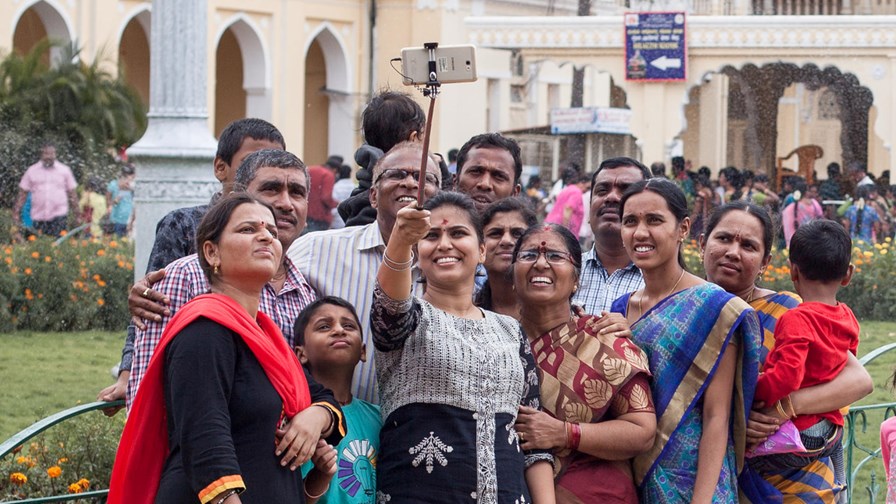India flexes its communications muscle to pitch its own Indian version of 5G - and why not?

© Flickr/cc-licence/Nicolas Mirguet
- Its 5Gi is to be tailored to meet specific characteristics of the Indian mobile market - very large cell sizes in rural terrain
- 5Gi will will instantiate ‘appropriate technology’ by exploiting a new, home grown transmit waveform that increases cell range
- But it needs to drum up enthusiasm amongst vendors to support the standard if it’s to go anywhere
As reported briefly yesterday, the ITU says it’s completed its evaluation of the candidate IMT 2020 cellular radio technologies and has found that three of them have met the performance and ‘vision’ threshold set by the ITU and are able to be waved through as 5G standards. They are 3GPP 5G-SRIT and 3GPP 5G-RIT submitted by the Third Generation Partnership Project (3GPP), and 5Gi submitted by Telecommunications Standards Development Society India (TSDSI).
The overall boss of the international standards setting process is the ITU (which is an international treaty organisation and part of the United Nations). It sets out a specification for what it thinks a mobile system, in this case, should be able to do up 10 years ahead. Then accredited regional standards bodies like the 3GPP for Europe, turn out a detailed set of standards that match the spec. The ITU then accredits the standard or not.
The ITU says the three versions of 5G were deemed to be sufficiently detailed to enable worldwide compatibility of operation and equipment, including roaming. The third, and new to some, IMT candidate is 5Gi submitted by Telecommunications Standards Development Society India (TSDSI).
It’s the Indian equivalent standards organisation to the 3GPP in Europe and it’s perhaps an inevitable sign of the times that India should look to crafting its own 5G version. India is, after all, a huge telecommunications territory, dwarfing the telecom markets of both Europe and North America in terms of the number of users (and therefore the number of mobile phones in use) and so logically should be able to build a regional market for both cellular infrastructure and handsets to conform to its standard,.
The calculation therefore runs like this: bearing in mind that other countries with similar conditions to India’s might also see benefit in a big cell size standard, is there enough interest from vendors and researchers in supporting 5Gi? And if there is, will partially ‘forking’ 5G in this way provide enough benefit to India’s market to offset the development downside of branching off and losing some of the scale advantages of sticking religiously with the global standard?
In fact the so-called Low-Mobility-Large-Cell (LMLC) test use case was already adopted as a 5G requirement by the ITU in 2017 following pressure from the Indian government and the TSDSI to enable the large cell sizes India’s terrain and demography indicated might be optimal.
The new transmit waveform that increases cell range has been developed by research institutions in India (IIT Hyderabad, CEWiT and IIT Madras) and supported by several Indian companies. So there is interest in developing the Indian-flavoured 5Gi - whether there is enough, time will tell.
Email Newsletters
Sign up to receive TelecomTV's top news and videos, plus exclusive subscriber-only content direct to your inbox.




